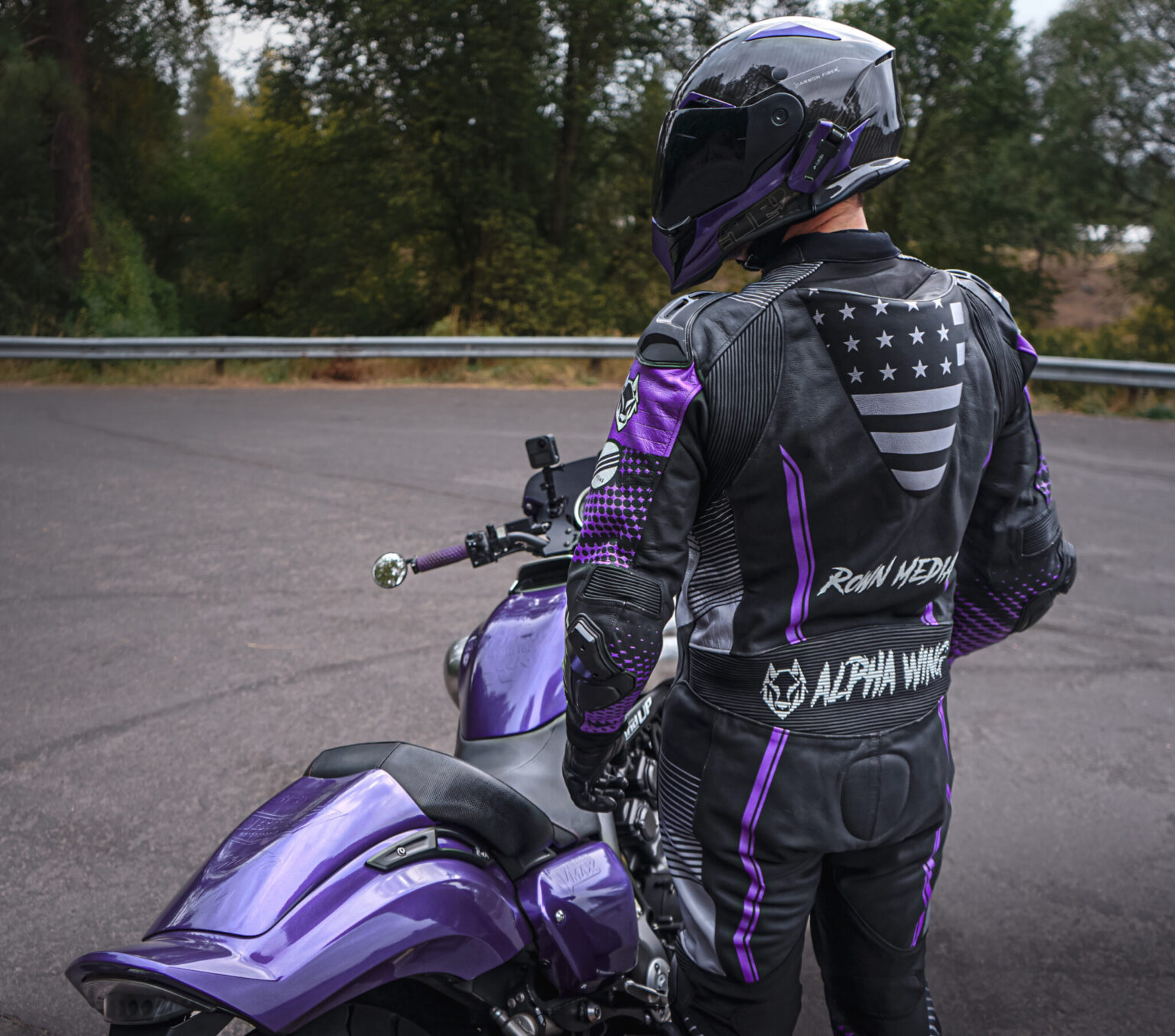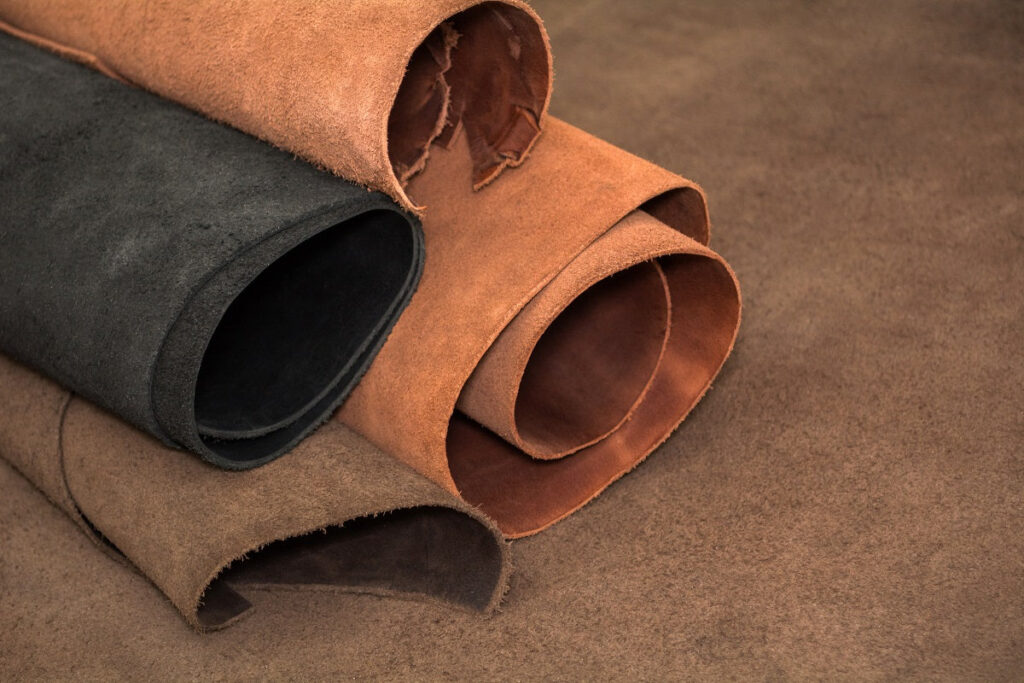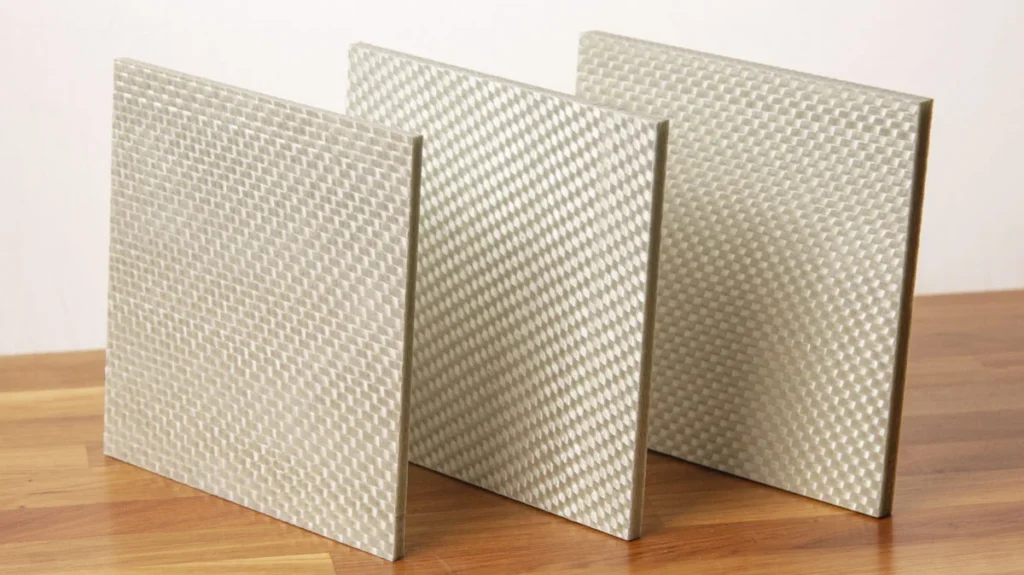Blog
Best Materials for Motorbike Racing Suits

When it comes to motorcycle racing, safety and comfort are everything. One of the most important parts of your gear is the material used in your racing suit. In this guide, we’ll talk about the best materials for motorbike racing suits, how they protect you, and which one might be right for your riding style.
Why Materials Matter in a Racing Suit
Your suit is your first defense in a crash. It needs to be strong, flexible, and able to handle high speeds and sudden impact. The right material keeps you safe while letting you move freely on the bike.
Top Materials for Motorbike Racing Suits
Here are the most popular and trusted materials used in racing suits today:
1. Cowhide Leather
Cowhide is the most common and trusted material in motorcycle racing.
Benefits:
- Very strong and durable
- Good for crash protection
- Affordable compared to exotic leathers
Best For:
Track racing, street riding, and everyday sport riders

2. Kangaroo Leather
Kangaroo leather is lighter than cowhide but just as strong.
Benefits:
- Lightweight for better movement
- High abrasion resistance
- Softer and more flexible
Best For:
Professional racers or serious track riders who want top performance.
3. Textile (Cordura, Kevlar, Nylon)
Textile suits are often used for street or touring, but some offer race-level protection too.
Benefits:
- Lighter and cooler than leather
- Better airflow
- May come with waterproofing
Best For:
Hot weather riding, city use, or budget-friendly options
4. Kevlar Reinforced Panels
Kevlar is often used as a supporting material in high-stress areas like knees, shoulders, and elbows.
Benefits:
- Extra resistance to tearing
- Flame and abrasion resistant
- Adds durability to suits made from other materials
Best For:
Racers who want added safety and longer-lasting suits

Comparison Table: Best Materials for Racing Suits
| Material | Strength | Weight | Comfort | Best For |
|---|---|---|---|---|
| Cowhide | ★★★★☆ | ★★★☆☆ | ★★★☆☆ | Most riders |
| Kangaroo | ★★★★★ | ★★★★★ | ★★★★★ | Pro racers |
| Textile | ★★☆☆☆ | ★★★★☆ | ★★★★☆ | City riders, hot climates |
| Kevlar Panels | ★★★★★ | – | – | Added to leather suits |
What to Look for in a Material
Before buying your racing suit, check for:
- Abrasion resistance: Can it protect you in a slide?
- Flexibility: Does it move with your body?
- Ventilation: Does it keep you cool?
- Weight: Is it light enough for long rides?
Best Material for Riders in the USA
If you ride in the USA, your location and weather matter:
- Hot states (California, Texas, Florida) – Perforated cowhide or textile with mesh panels is ideal
- Cooler states (New York, Colorado) – Full-grain leather or mixed leather-Kevlar suits work great
- Track riders – Kangaroo leather or full-race cowhide offers max protection and flexibility
Conclusion
Choosing the right materials for motorbike racing suits means balancing protection, comfort, and cost. Cowhide is strong and trusted, kangaroo is light and elite, and textiles are good for hot climates or budget-conscious riders. Always pick a suit that matches how and where you ride.
Read More The Secret to Long-Lasting Racing Suits: Custom Fit
FAQs:
1. What’s better: leather or textile for racing?
Leather offers the best crash protection. Textile is better for light riding or very hot weather but less protective.
2. Is kangaroo leather really worth it?
Yes, if you race often. It’s lighter, more flexible, and just as strong as cowhide, but costs more.
3. Can I wear textile suits on the race track?
Some tracks allow high-end textile suits, but leather is recommended for maximum safety during high-speed slides.
4. Do racing suits always include Kevlar?
Not always. Kevlar is usually added in key areas as extra protection. You can request it in custom suits.
5. How long does a good racing suit material last?
A quality leather suit can last 5–7 years or more with proper care. Textile suits wear out faster, usually in 2–4 years.

